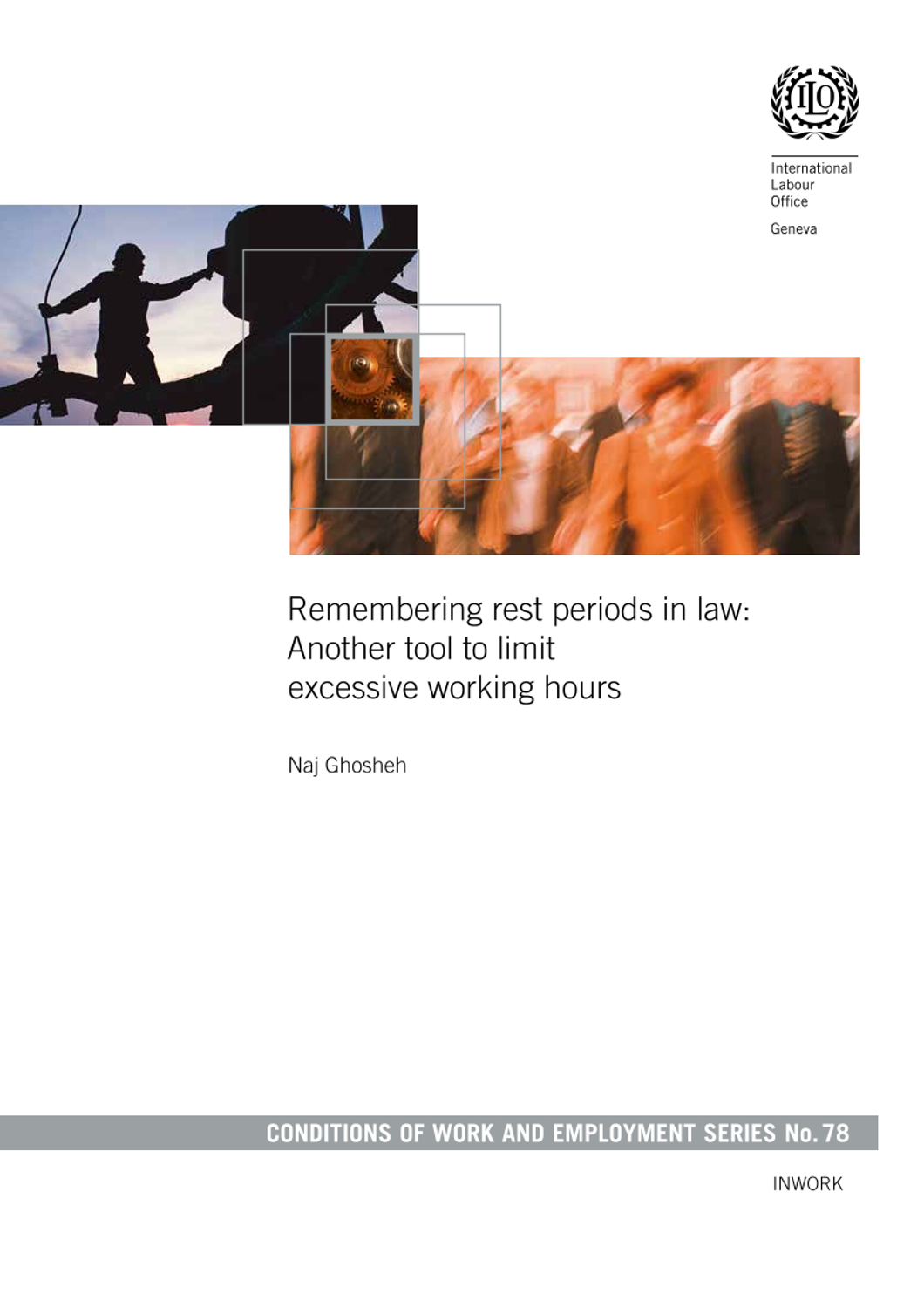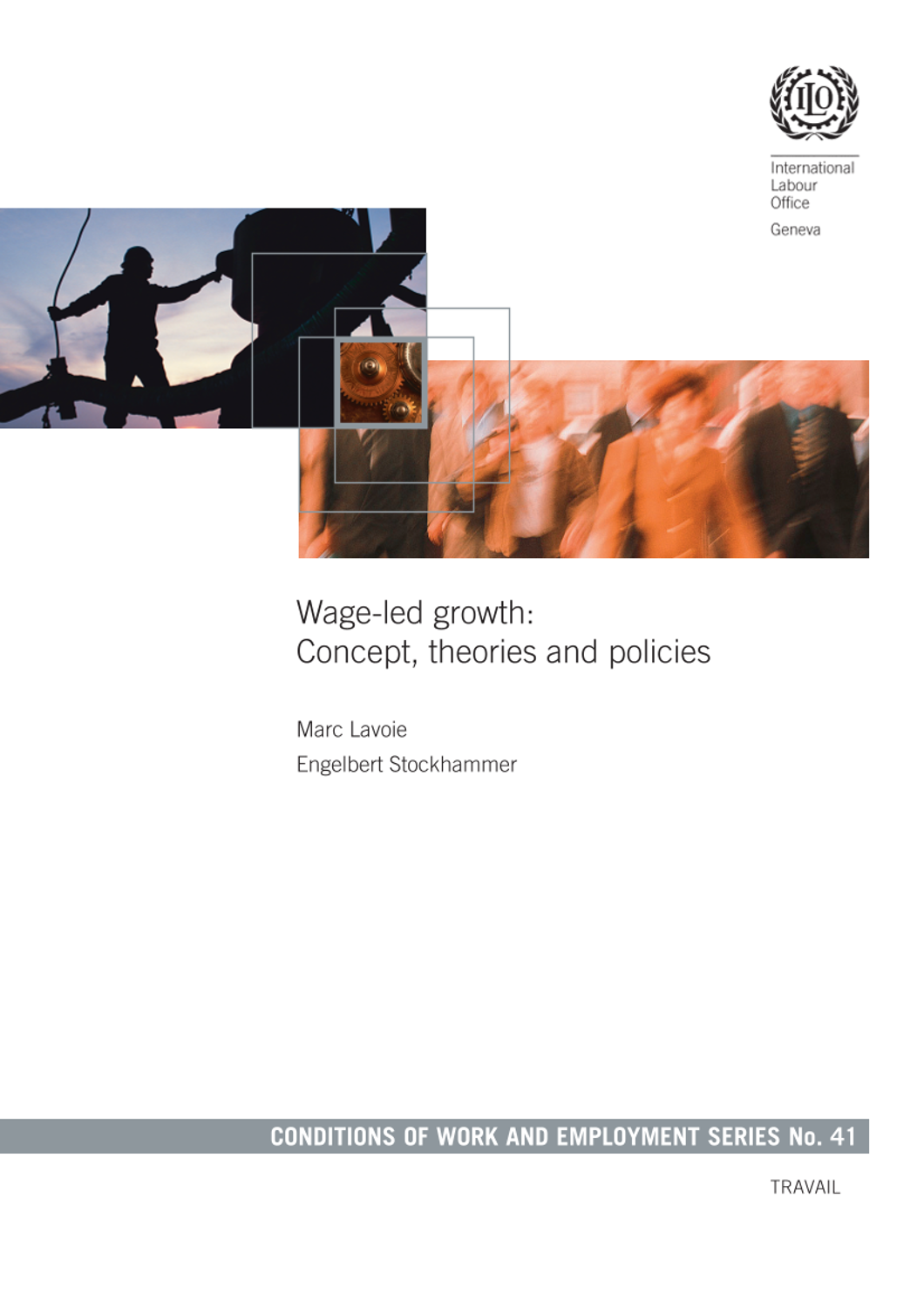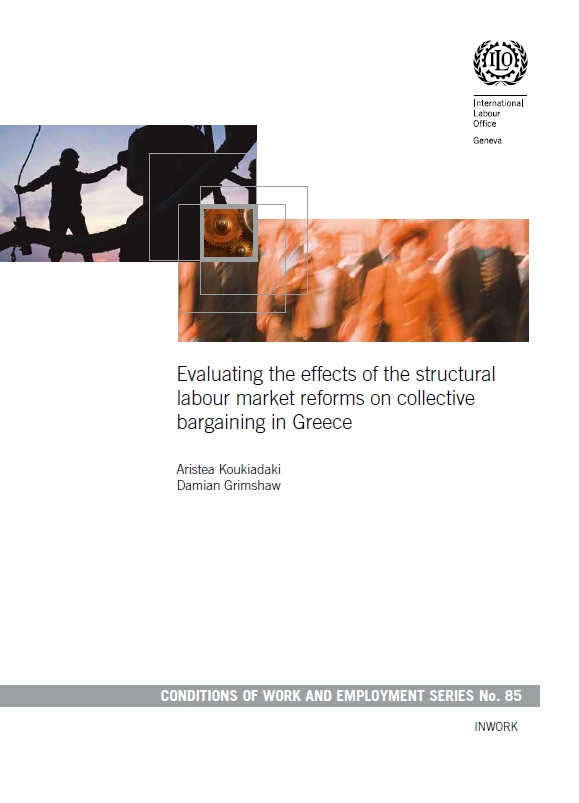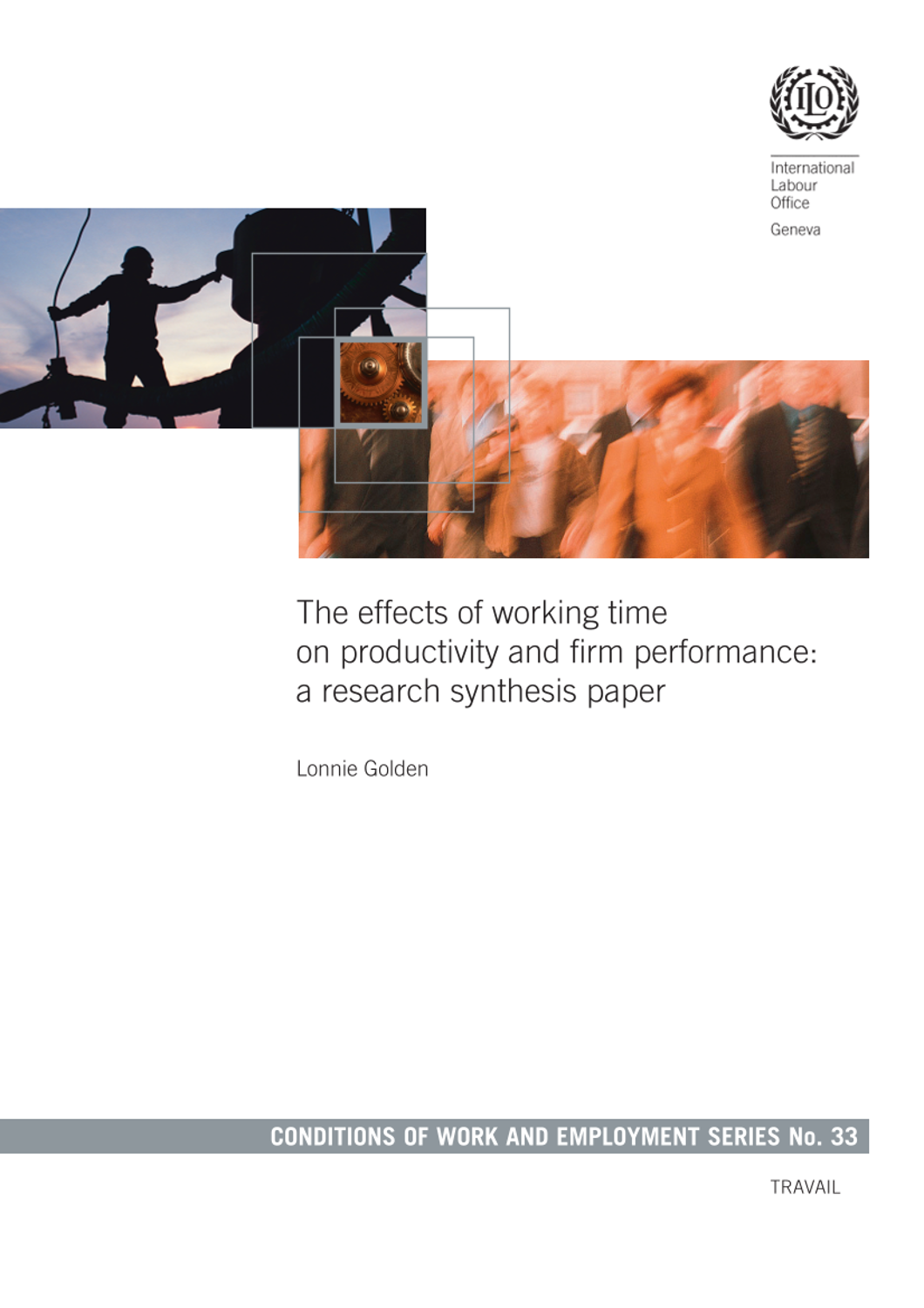
연구보고서Conditions of Work and Employment Series 78
Remembering rest periods in law: another tool to limit excessive working hours
- 청구기호
- CWES 78
- 발행사항
- Geneva : ILO, 2016
- 형태사항
- 32 p. :. PDF file ;. 594 KB
- 바로가기
소장정보
| 위치 | 등록번호 | 청구기호 / 출력 | 상태 | 반납예정일 |
|---|---|---|---|---|
이용 가능 (1) | ||||
| E0002328 | 대출가능 | - | ||
이용 가능 (1)
- 등록번호
- E0002328
- 상태/반납예정일
- 대출가능
- -
- 위치/청구기호(출력)
책 소개
Research on working time legislation exists, but little has been done to examine the specific provisions about rest periods in and how they can supplement national working time legislation.1 This paper seeks to fill this lacuna. First, it will examine national legislation on weekly working hour limits and identify some key issues that affect a worker’s ability to get rest. Subsequently, it will examine the specific provisions on rest periods in international standards and national legislation, focusing on four key areas: rest periods during the work day, daily rest, weekly rest, and annual leave. It will then conclude with some final observations.
목차
1. Introduction
2. Working time legislation
2.1 International standards and national legislation on working time
2.1.1 Normal working hours
2.1.2 Maximum weekly working hours
2.2 Modern times: Working hours that are too long, too short, too uncertain, and what about
technology?
2.2.1 The problem with overtime
2.2.2 Working time and rest issues for workers with irregular schedules and on nonstandard contracts
2.2.3 The influence of information technology on long hours and rest
3. Rest periods: What is needed?
3.1 Daily workplace rest breaks
3.2 Daily rest
3.3 Weekly rest
3.4 Annual leave
4. International standards on rest
4.1 Transnational standard: European Union Working Time Directive
5. National legislation on rest periods
5.1 Daily rest periods at the workplace in national labour legislation
5.2 Daily rest periods in national labour legislation specifications
5.3 Weekly rest periods in national labour legislation
5.4 Annual leave in national labour legislation
6. Final observations
References
Conditions of Work and Employment Series






